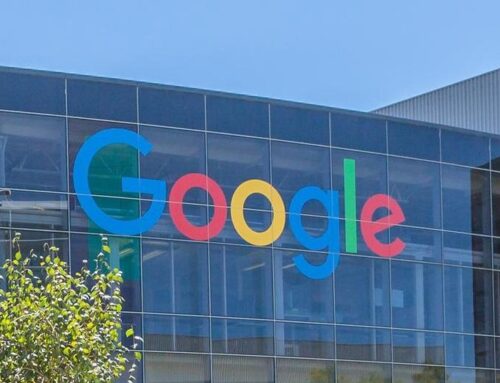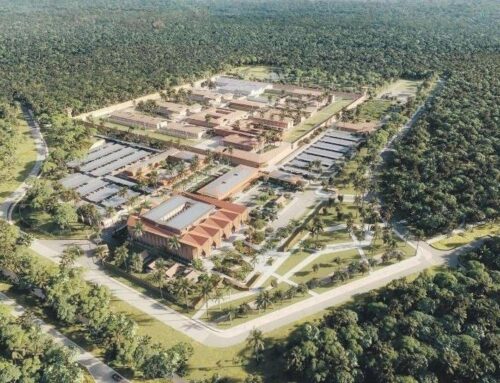Mining and a healthy environment: Yes, Minnesota can have both
May 19, 2025
The postcard illustrating this commentary is from the 1940s and sums up the Iron Range, the Minnesota region I call home. At one time, the Hull Rust Mahoning Mine in Hibbing was the world’s largest iron ore producing mine. Now, it’s one portion of a substantially larger mining operation that produces needed iron ore for our domestic steel industry, as it has since the first hematite mine opened at that site in 1895.
Along the Mesabi Iron Range, we have several operating taconite mines and, just outside their gates, we have “shimmering waters” just as we did in the 1940s.
It is a joy to live here with the abundant, clean waters and the surrounding dense forests. Let me be lost in the pines, paddling on the lakes, photographing every sunrise and sunset that my schedule allows. There is a reason that Interstate 35 will soon be backed up with traffic heading north from the Twin Cities metro for the Memorial Day weekend — what others seek as a vacation, I have as just another day in the life.
Mining has given me the opportunity to make this my every day. The mine that was once the world’s largest iron ore mine was my office for more than a decade and, after I was no longer there, my husband swiped in every morning for day shift as a service equipment operator. At 3 p.m. he would swipe out, drive the 21 minutes home and head out on the lake or into the woods (and I assume it wasn’t only to avoid the honey-do list!).
We can have both. The mine and the wild. Mining and tourism. Productivity and escape. We have the technology, we have the oversight, and perhaps most critically, we have the care and concern.
Many of our American miners today, including myself as a Gen-Xer, have grown up in a world where the Clean Water Act and Clean Air Act have always been in place, providing a fundamental framework to ensure our mines are protective of our natural resources. Previously, as the environmental manager at a taconite operation, I learned from my Baby Boomer coworkers about the improvements made throughout the decades as they all witnessed firsthand the change in operations and expectations as society progressed and regulations came into being. Those coworkers (who are also my Iron Range neighbors) appreciated those changes as residents and community members living next door to mining operations.
Humans had no say about where minerals were placed by geological forces during the midcontinent rifting or how the glaciers would later shape the landscape of our region. The only thing we can control is the conversation that we have about mineral resources and the path forward for them.
When it comes to potential copper-nickel projects up here, though, having curious conversations can sometimes be a challenge.

I understand why it makes folks uncomfortable that there are significant copper and nickel resources upstream of the Boundary Waters Canoe Area Wilderness that could be mined. I understand how it could be difficult to imagine that mining could be done in a way that doesn’t harm downstream waters (even with an underground mining operation). I understand and respect those concerns and am grateful that there are people asking questions, but I do wish that we were given an opportunity as mining and environmental professionals to engage in a conversation that includes our perspectives.
Too often though, the conversation has been stopped before it has even started, and misinformation abounds. The public reads commentaries about “science” backing a mining ban enacted in 2023 by the federal government, and I question that when there are no projects in that watershed that have been allowed the opportunity to work through a proper and thorough environmental review process. Without that vital process moving forward on a specific mine plan with site-specific baseline data, modeling information, and the opportunity for active engagement with tribal governments, regulatory agencies and the public, we are left with only speculation and “what ifs?”
As final users of metals that have been mined from somewhere on this planet, we all deserve a better understanding of how rocks in the ground became the electronics in our hand, the wires that power our homes, and the basic infrastructure holding up our communities. We all deserve to know what environmental protections were put in place to protect human health and the environment. We all deserve to know that no matter where the mining was done, the people cared as deeply for their shimmering waters as we do in Minnesota.
We can have mining and a healthy environment. Those are not contradictory.
But we need to have a conversation first.
Julie C. Lucas is the executive director of MiningMinnesota.
Search
RECENT PRESS RELEASES
Related Post



